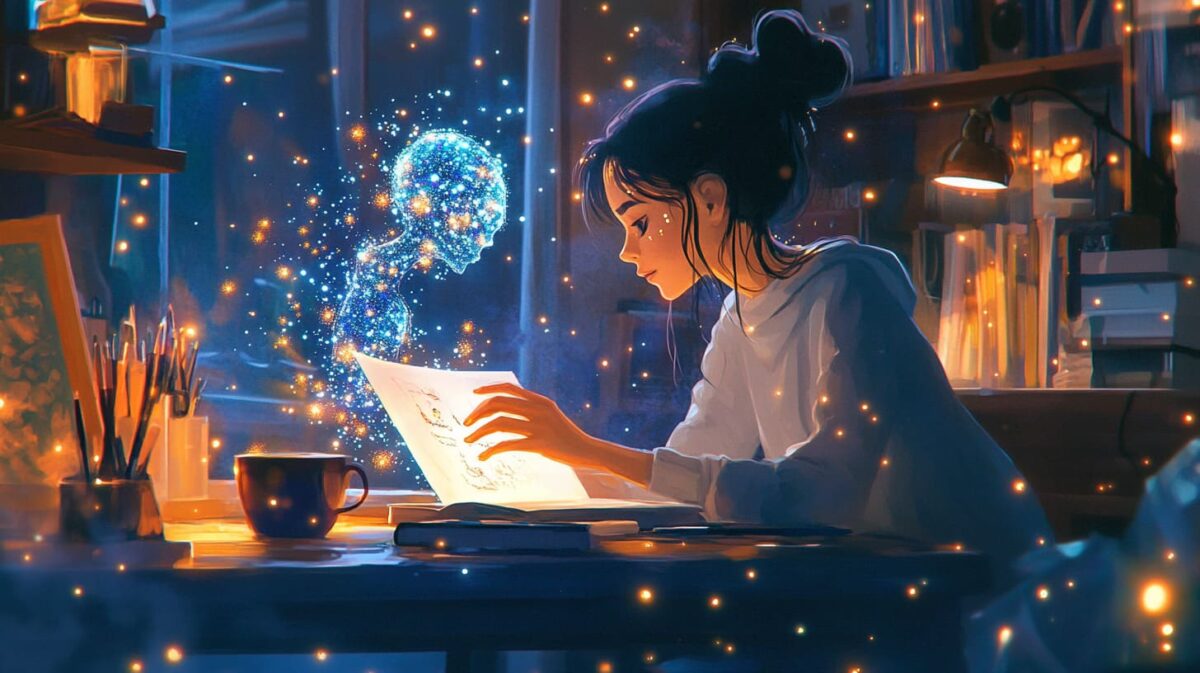The arrival of AI agents is changing the way we work—and the way we create. They make things simpler, automate what once felt soul-draining, and most wonderfully of all, they free us to focus on the things that matter: expression, experimentation, and the simple joy of imagining something and watching it take form.
Imagine never having to clean your email inbox again. Not because you’ve finally found time on a rainy Sunday, but because an intelligent assistant quietly handled it while you were painting, writing, or dreaming up your next project. This is the subtle but powerful magic of AI agents. They don’t just save time—they return mental space. And for any creative soul, space to think is space to grow.
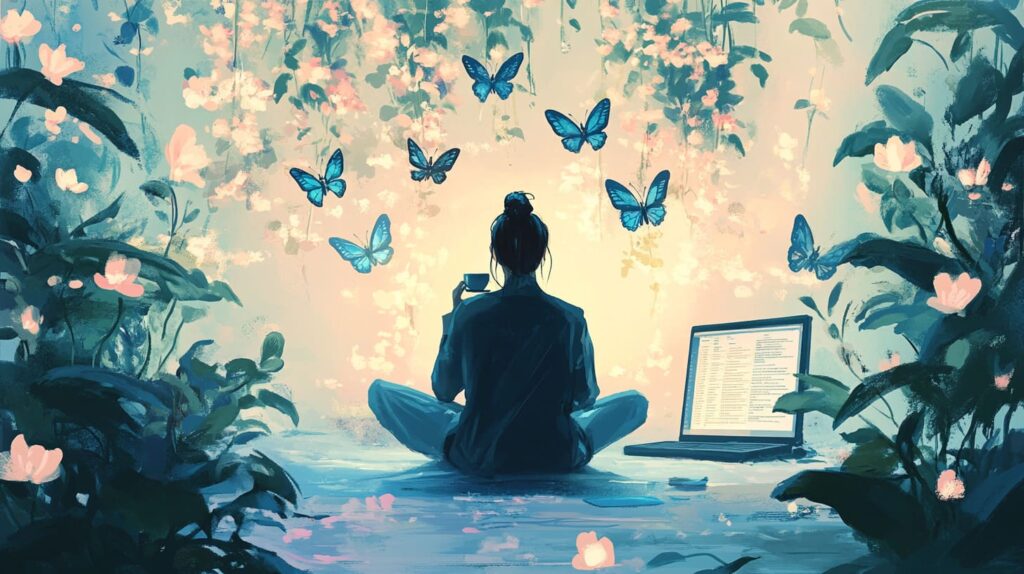
But beyond those mundane miracles, I find myself asking: how can AI agents truly help artists? Not just in productivity, but in the art itself?
As it turns out, they already are. Across the creative industries, AI agents are becoming collaborative partners—not just passive tools, but co-creators with a sense of serendipity and suggestion. In fact, MIT Technology Review recently described this shift as the rise of “more-than-human” creativity: a space where AI can inspire, provoke, and even improvise alongside the artist. What a thrilling sentence that is—to improvise alongside a machine, to let it challenge you like an unexpected conversation with a brilliant stranger.
I’ve never been much of a programmer. My mind has always swirled with visuals and sounds more than syntax and semicolons. But with tools like Playform and Runway, I’ve begun what I lovingly call “vibe coding.” I simply describe what I want—”a surreal dream city with floating lanterns,” for instance—and the AI helps me make it real. Not perfect. Not polished. But living. Breathing. And very much mine.
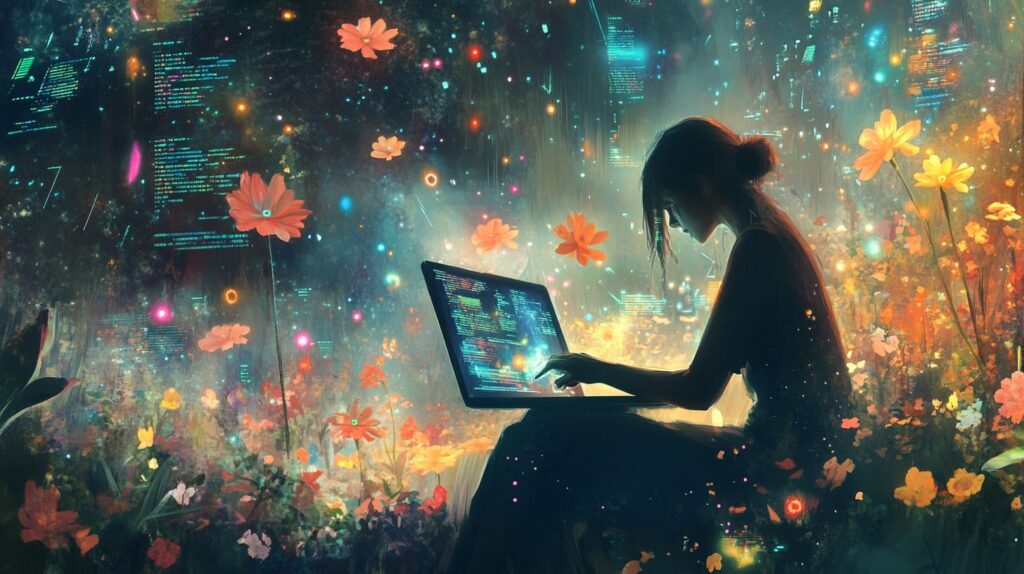
That’s the heart of it: ownership and authorship. These tools don’t erase the artist’s role—they elevate it. They help us go from idea to execution faster, yes, but they also provoke new directions. And for those without traditional training, the gate opens wide. Platforms like Canva now offer AI-powered design suggestions that make professional-quality visuals accessible to almost anyone. It’s a quiet revolution: the democratization of creativity.
Even more fascinating is how AI helps with what I call the invisible work of artistry—the part we don’t talk about at gallery openings or in Instagram captions. I’m talking about writing captions. Composing bios. Marketing yourself online. This is where tools like ArtiScribe step in, crafting compelling promotional text that actually reflects your tone and message, leaving you more time to make.
Of course, it’s not all ease and magic. There are real concerns: the saturation of AI-generated content, questions around emotional authenticity, and debates over what makes art “human.” As Forbes points out, this rapid acceleration brings uncertainty—especially in fields like music and digital art where the lines blur fast. But I don’t see this as a reason to retreat. I see it as a challenge to go deeper. To be even more human in our work. To wield these tools with care and curiosity rather than fear.
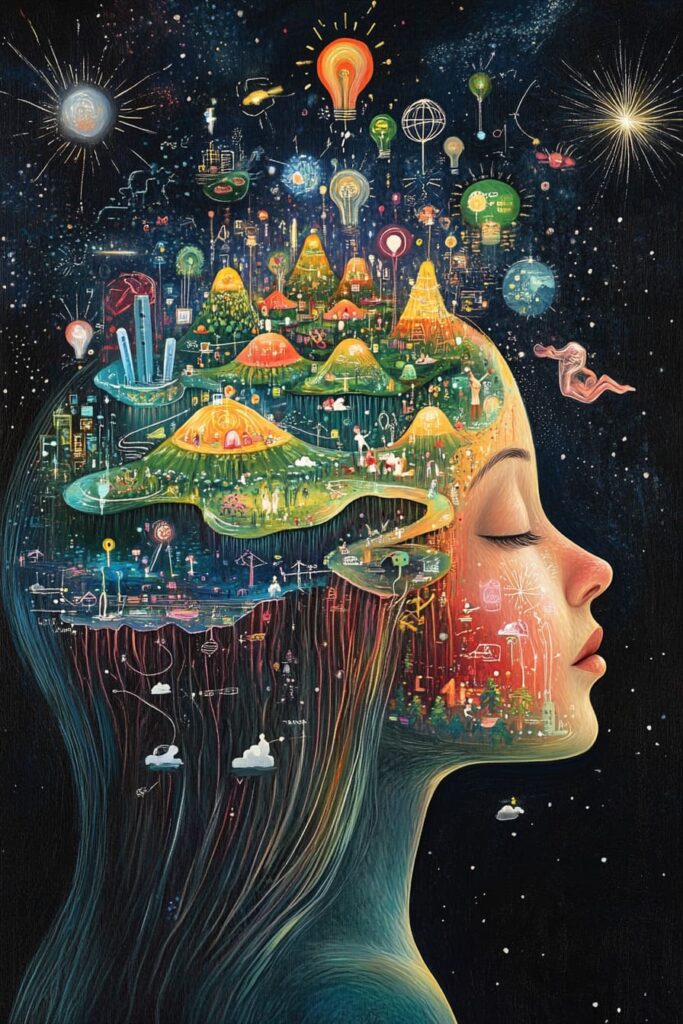
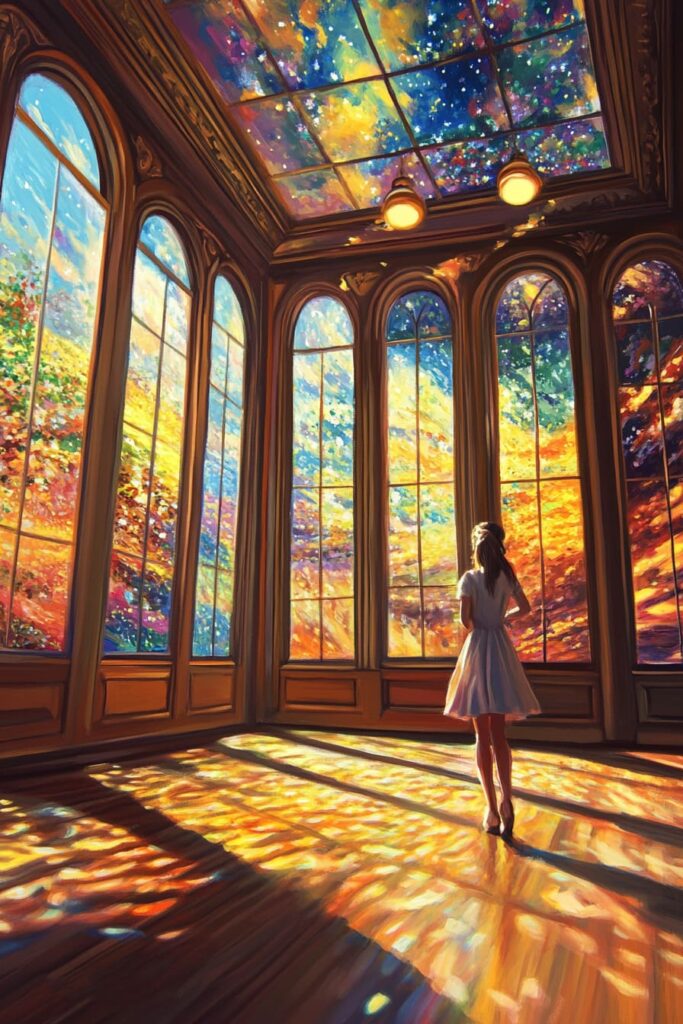
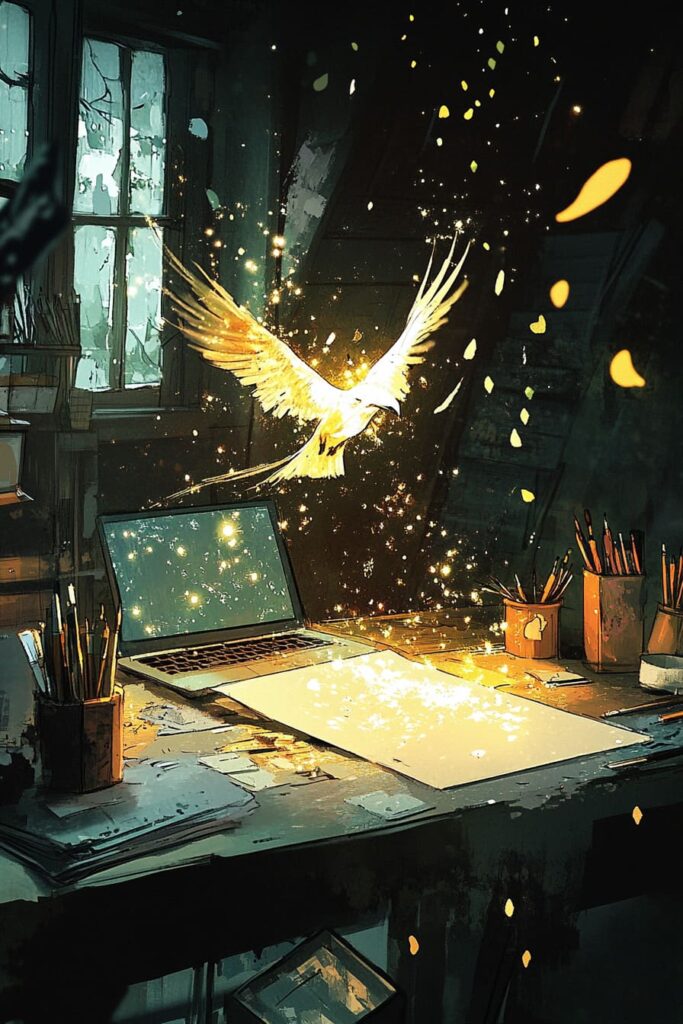
Because what we’re really talking about isn’t technology—it’s transformation. And we’ve been here before, haven’t we? When photography first arrived, painters feared their relevance. But they didn’t disappear. They evolved. The same is happening now. We’re entering a new era—one where the artist is part dreamer, part director, part editor, and part collaborator with code.
So what does it mean to create in a world like this?
It means more of us can. It means more of us will. And it means that art, like life, will always find a way to adapt, evolve, and expand.
And isn’t that the truest kind of inspiration?
